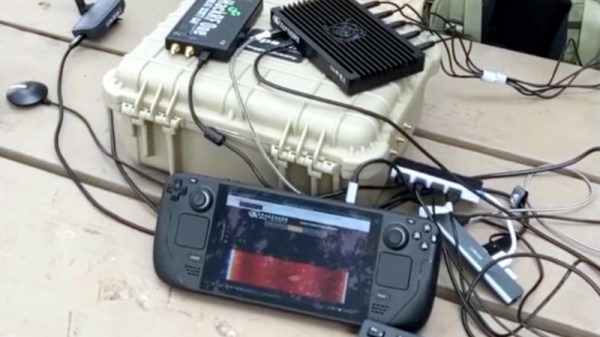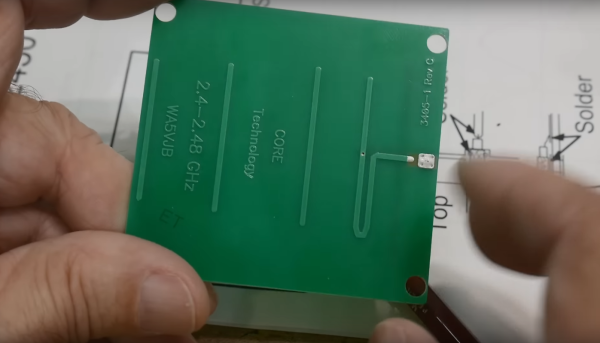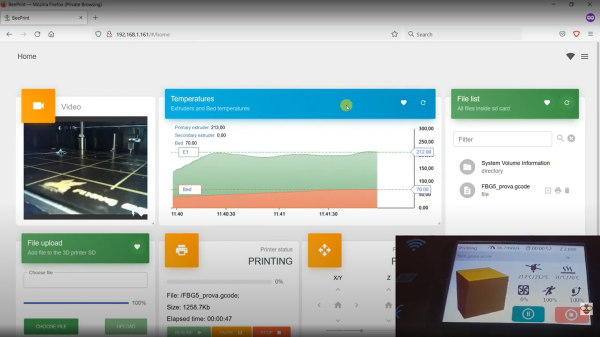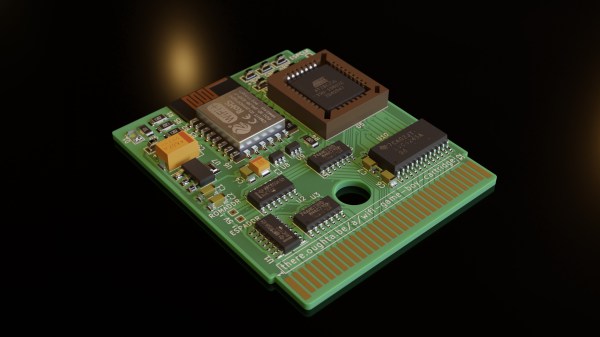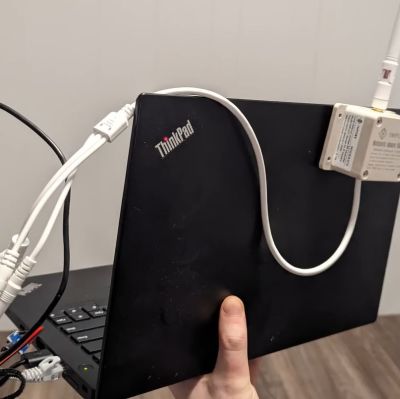
The 802.11ah WiFi (HaLow) standard is fairly new, having only been introduced in 2017. It’s supposed to fall somewhere between standard WiFi used in domiciles and offices and the longer range but low-bitrate LoRaWAN, ZigBee, and others, with bandwidth measured in megabits per second. In a recent video, [Ben Jeffery] looks at the 802.11ah chipsets available today and some products integrating these.
The primary vendors selling these chipsets are TaiXin Semiconductor (TXW8301), Morse Micro (MM6108), and Newracom (NRC7394), with a range of manufacturers selling modules integrating these. Among the products using these, [Ben] found an Ethernet range extender kit (pictured) that takes 12V input as power, along with Ethernet. Running some distance tests in a quarry showed that 300 meters was no problem getting a strong signal, though adding some trees between the two transceivers did attenuate the signal somewhat.
Another interesting product [Ben] tested is what is essentially an 802.11ah-based WiFi extender, using an 802.11ah link between the server node – with an Ethernet socket – and a client that features a standard 2.4 GHz 802.11n that most WiFi-enabled devices can connect to. Using this, he was able to provide a solid ~10 Mbps link to a cabin near the main house (~10 meters) through two outside walls. What makes 802.11ah so interesting is that it is directly compatible with standard Ethernet and WiFi protocols and uses the 900 MHz spectrum, for which a wide range of alternative antennae exist that can conceivably extend the range even more.
(Thanks to [Keith Olson] for the tip)
Continue reading “802.11ah Wi-Fi HaLOW: The 1 Kilometer WiFi Standard”


